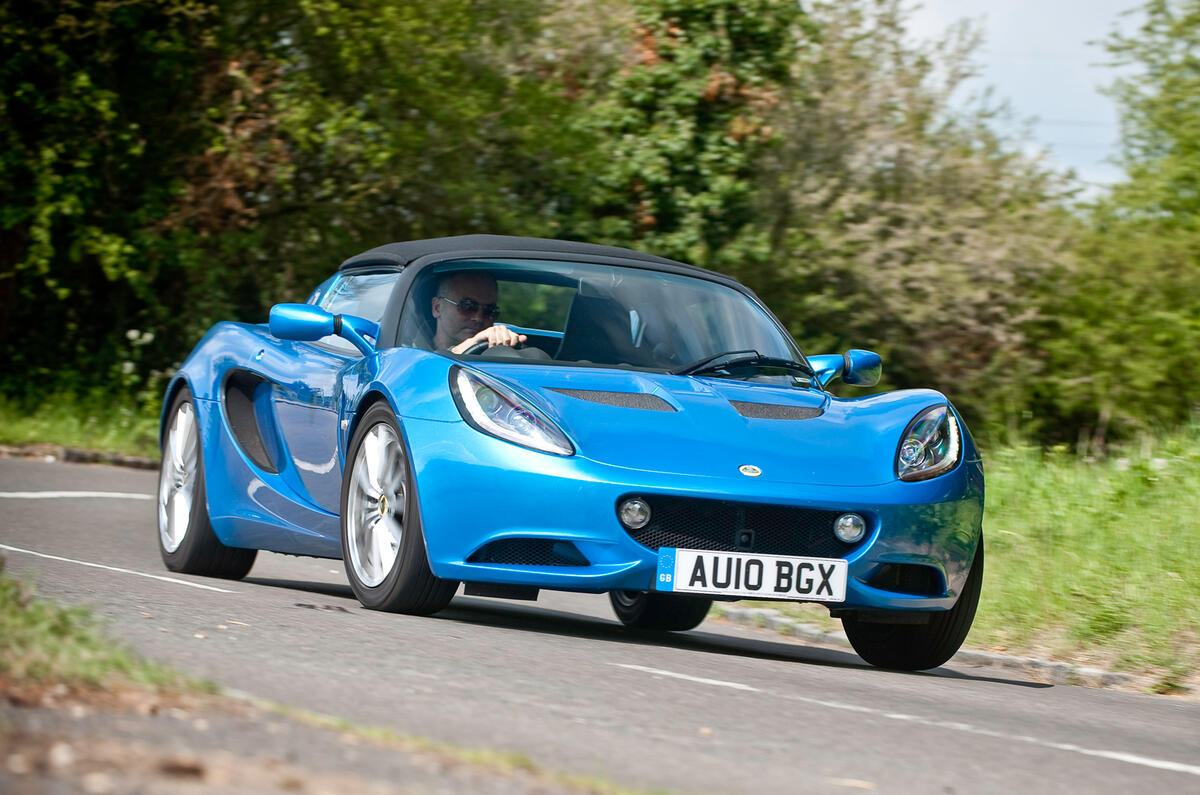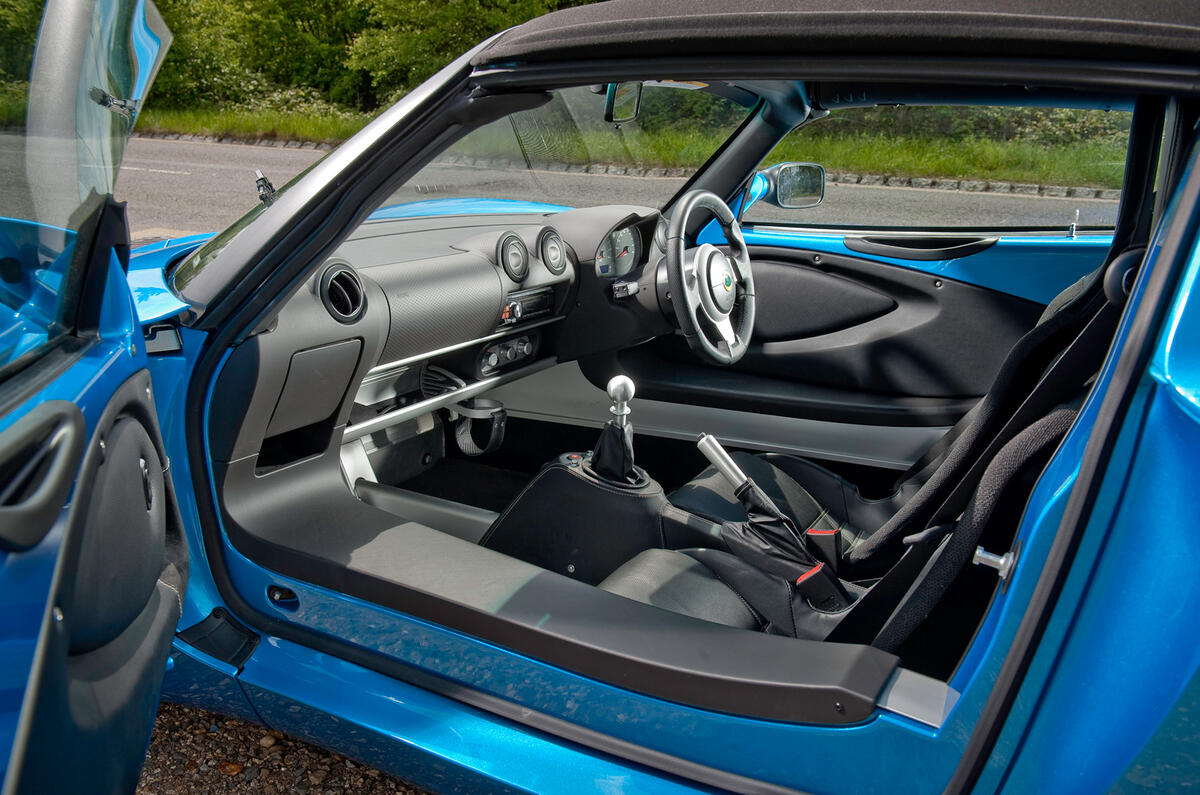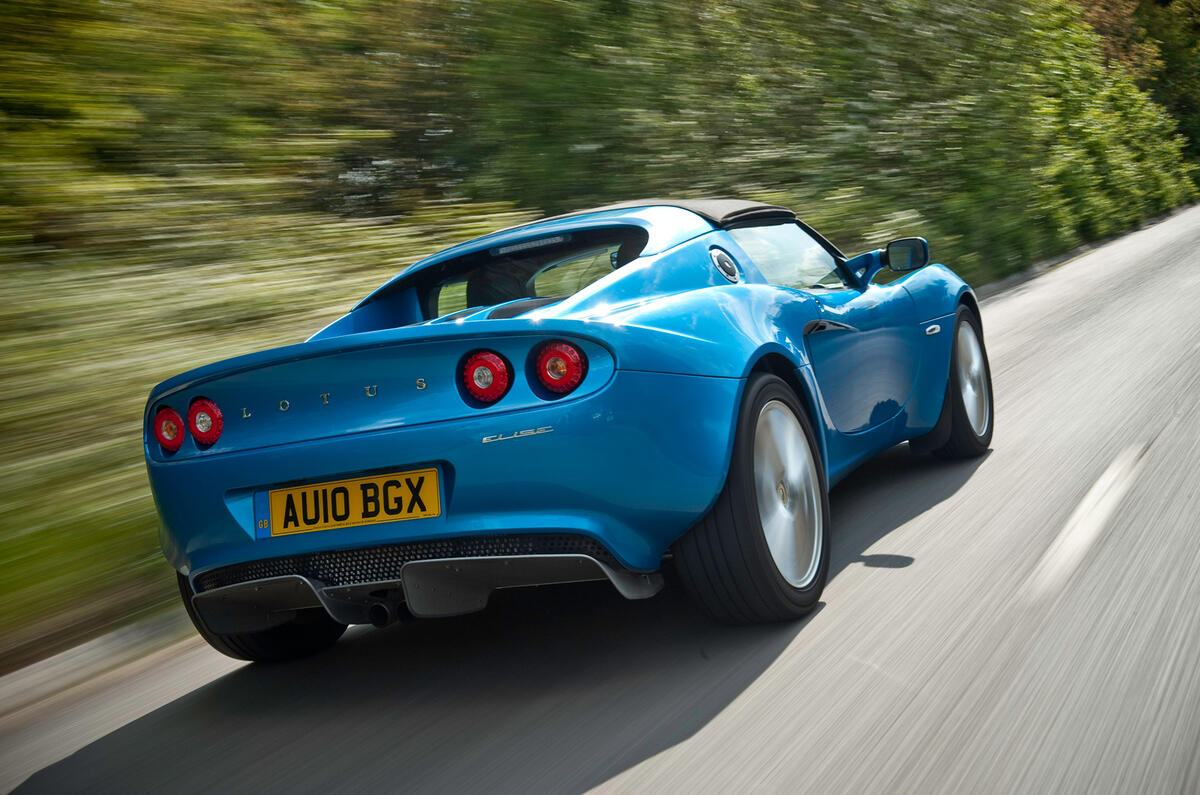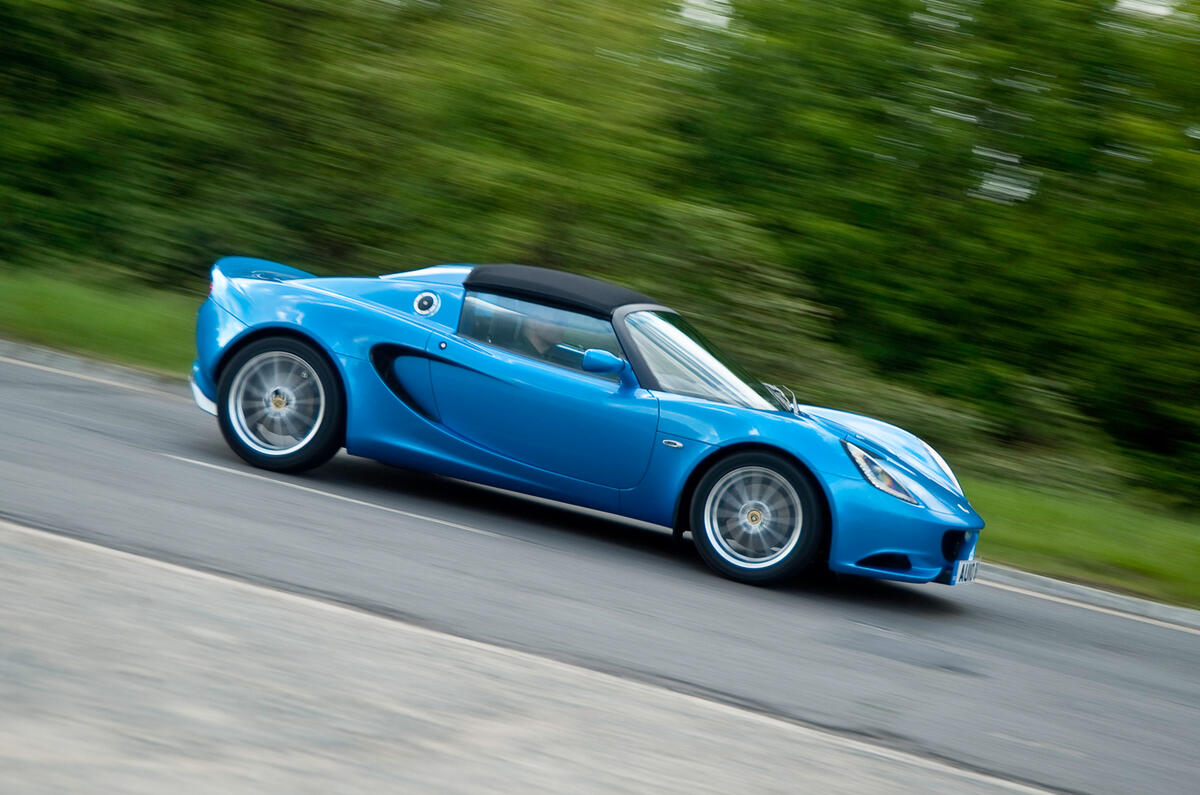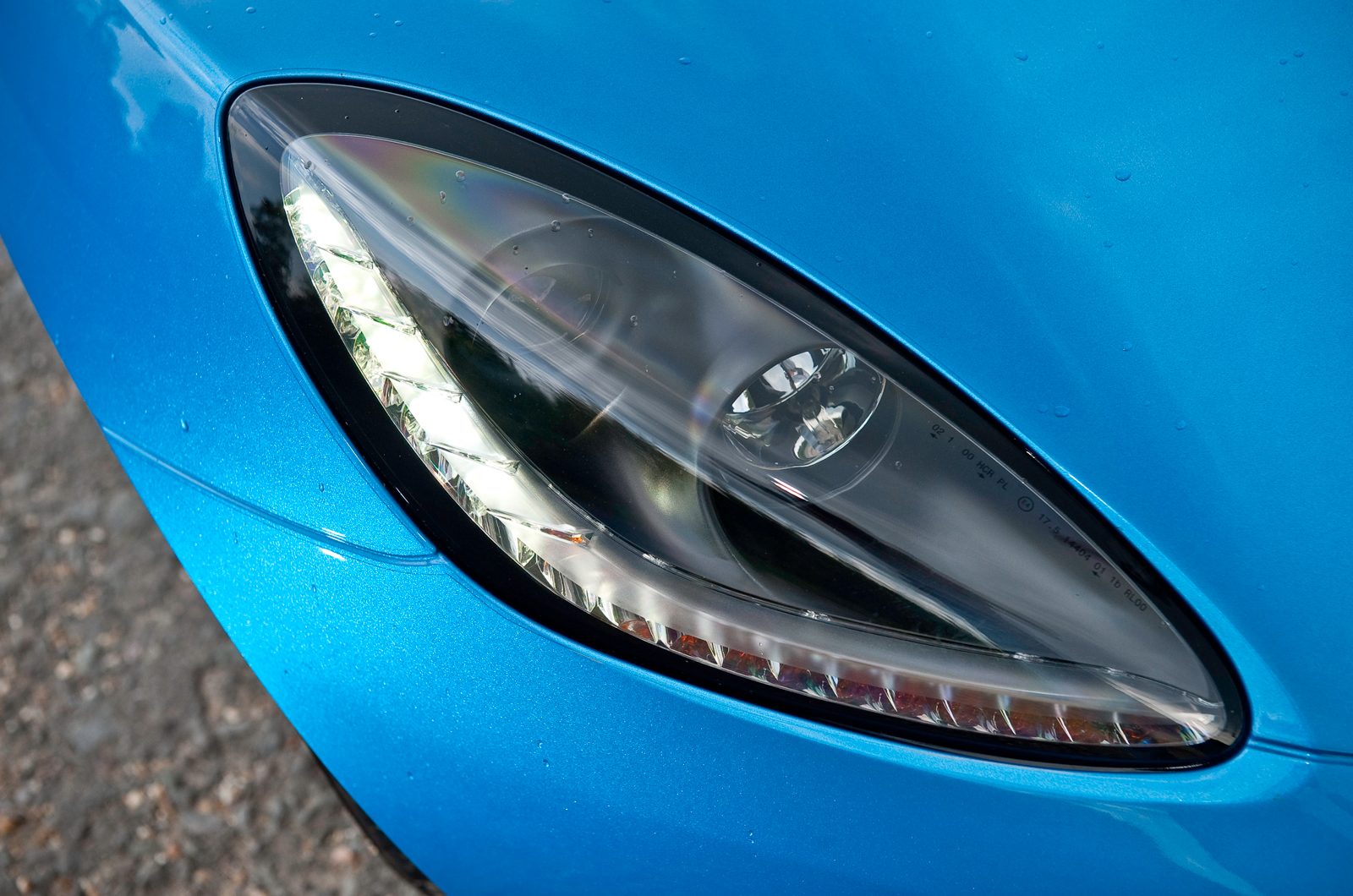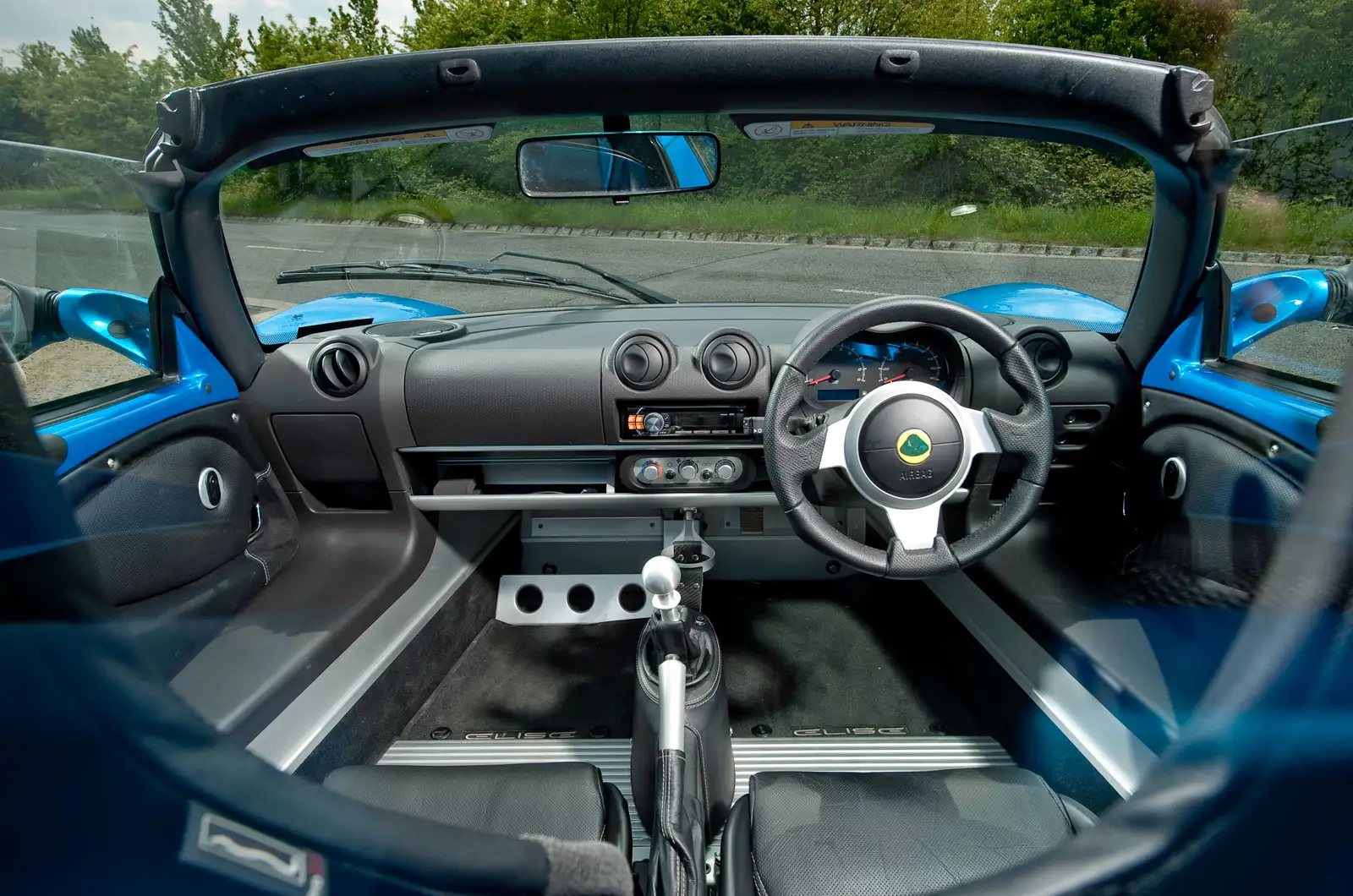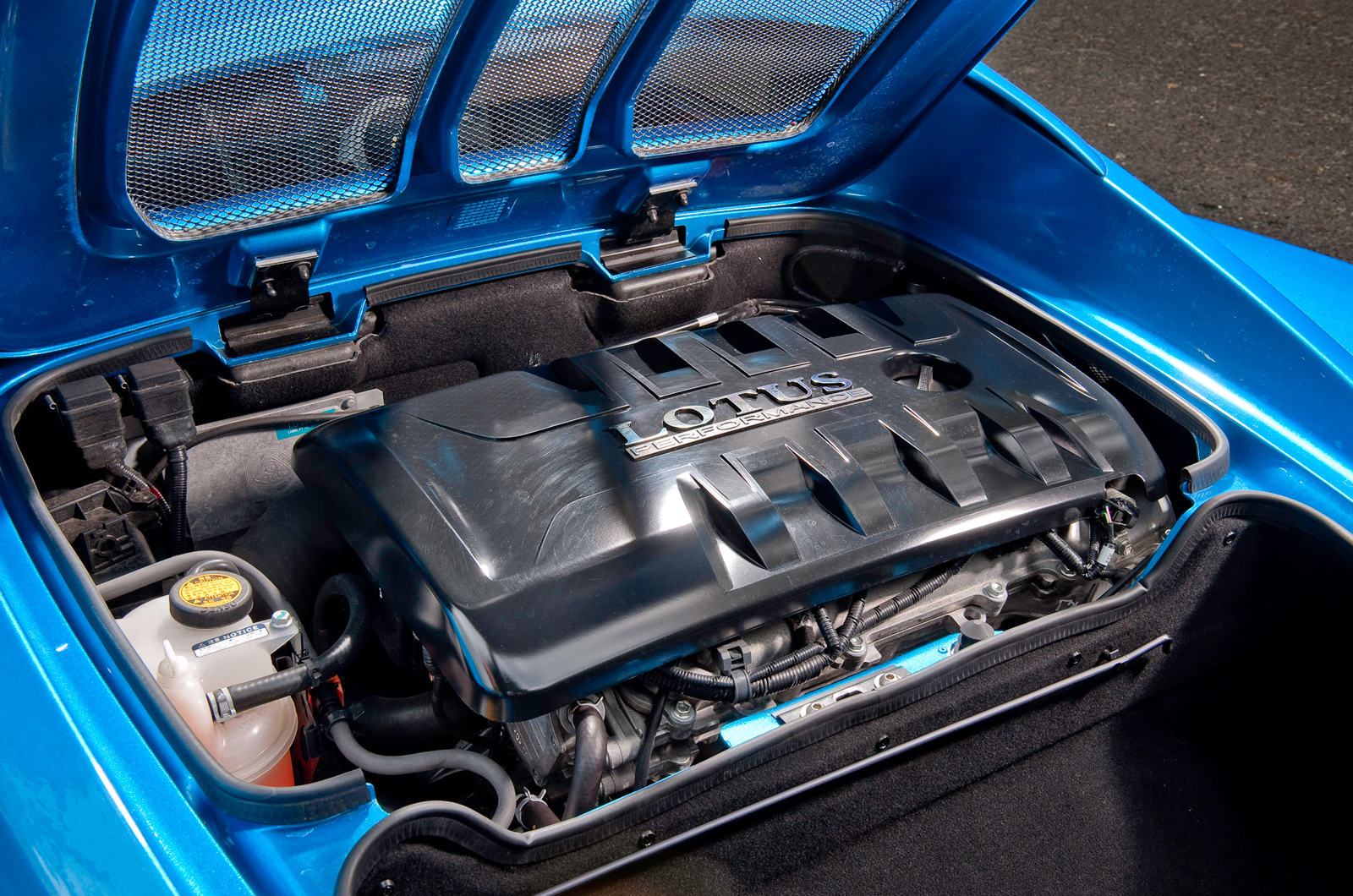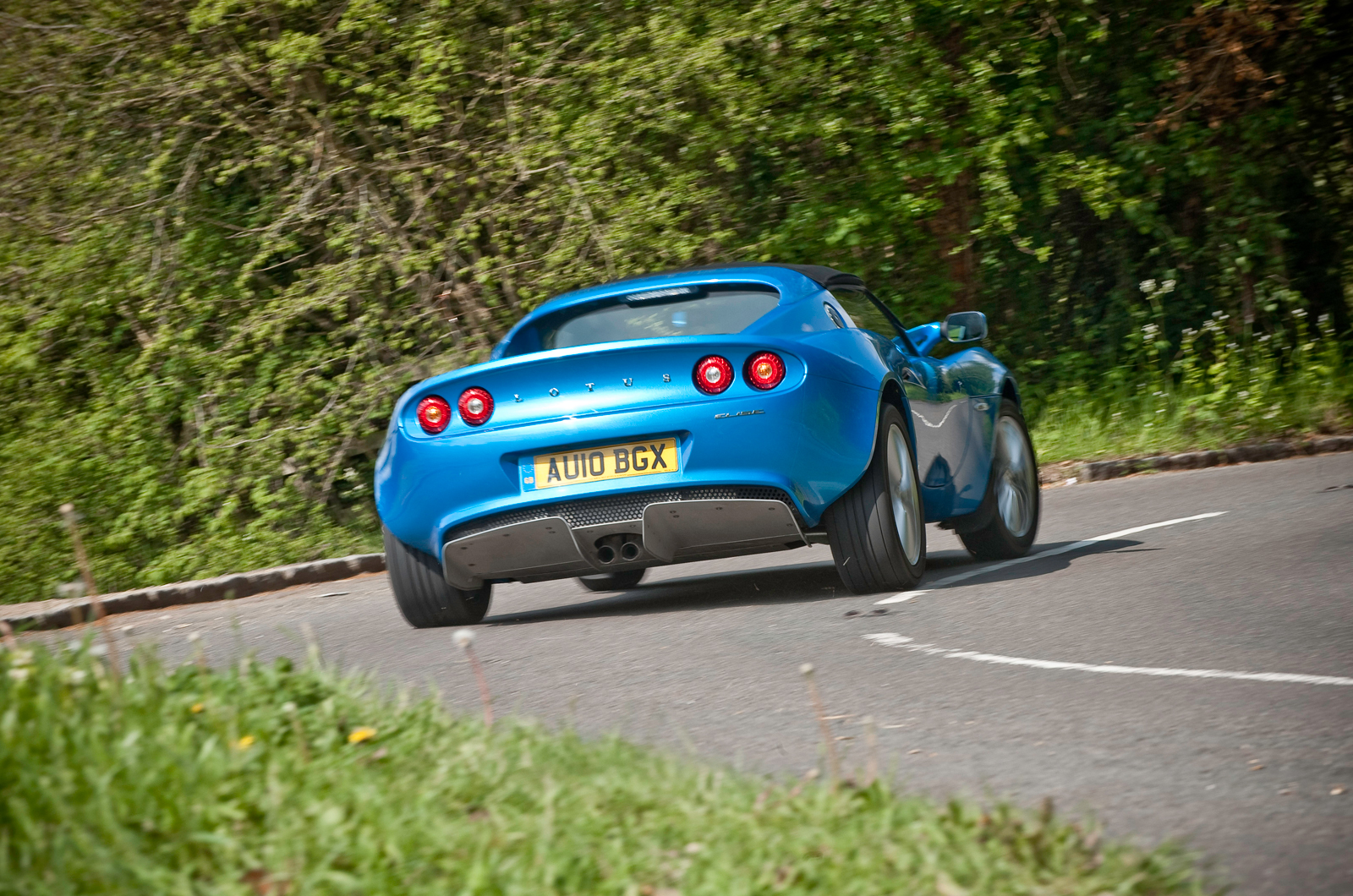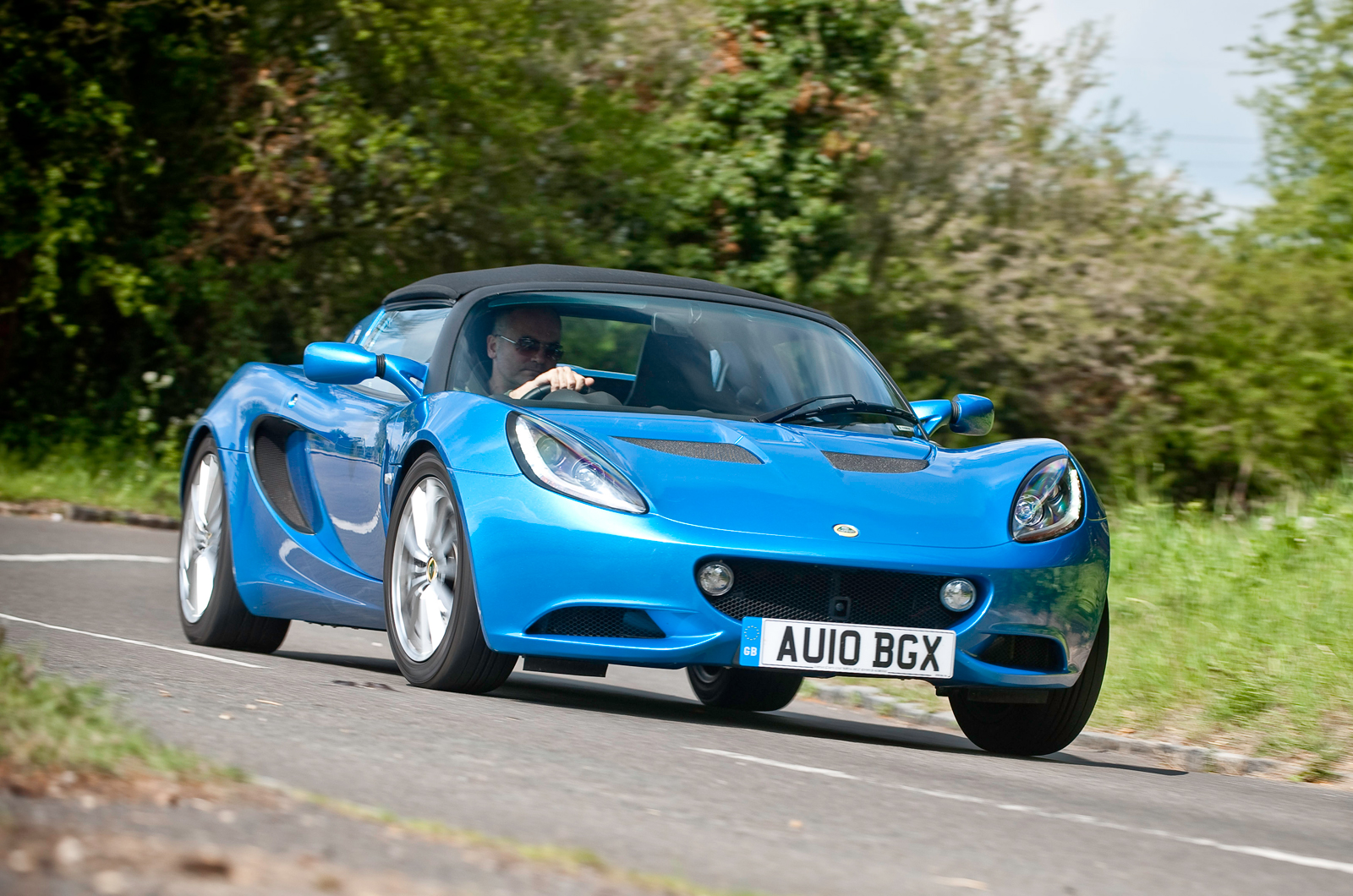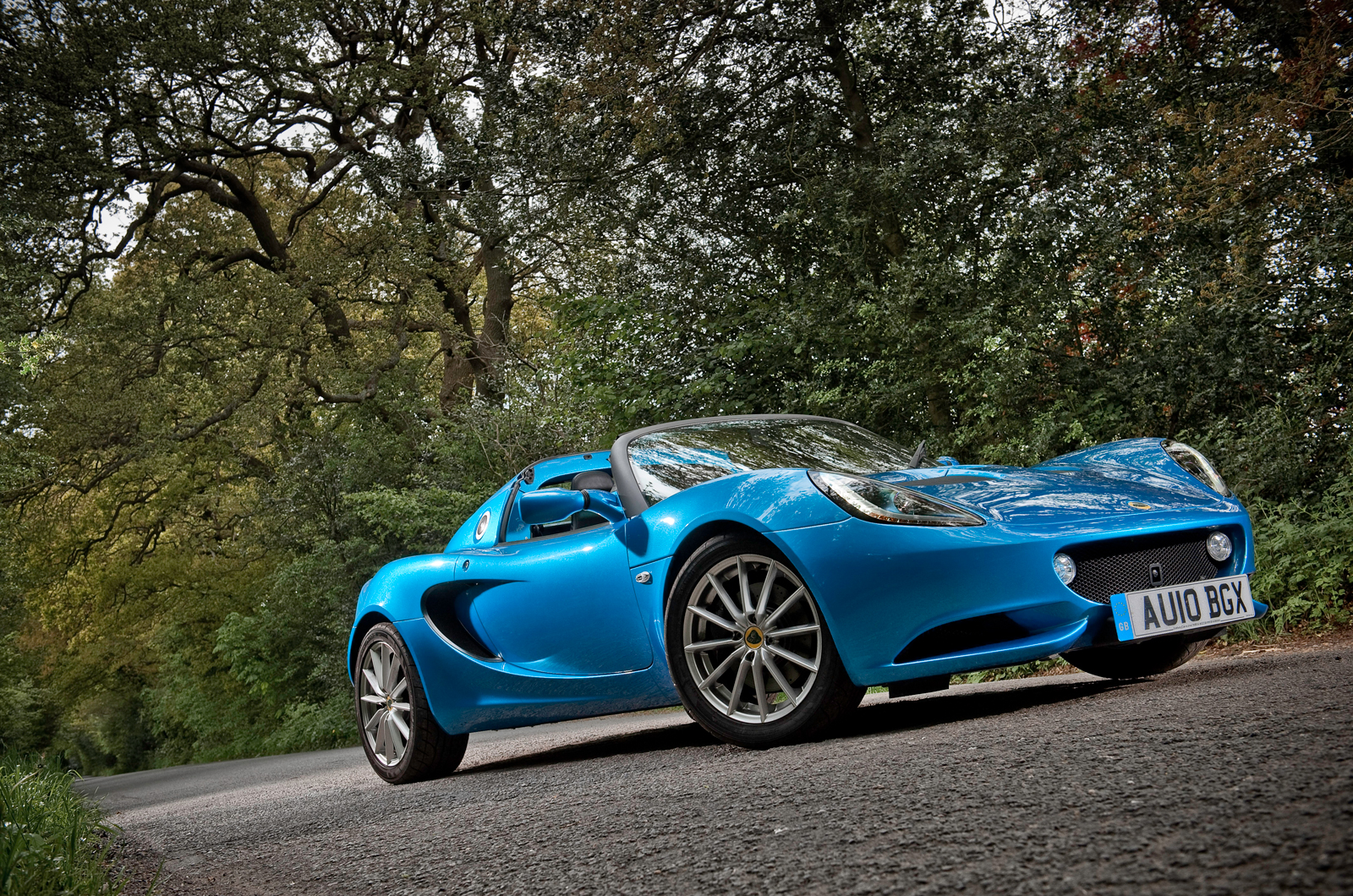Given the age of the Lotus Elise, it's no surprise that it looks dated and, more seriously, well adrift of the standards of quality, fit and finish that you’ll find in cars costing under £10,000 these days.
The dashboard plastics look (and sound) cheap, the heating and ventilation controls are almost comically crude (and hard to see), the door trims flex when you press the electric window switches (although the glasses rise and fall with more conviction than those of Lotuses past), the mirrors are manual (and still have that nasty black hole-covering plug in the door), and removing the roof is a fiddly process that requires some force and a knack.
The bad news doesn’t end there, either. The seats provide insufficient under-thigh support and the steering column doesn’t adjust, which soon generates an ache. That you must opt for additional sound deadening and carpets has us wondering how much interior noise an unoptioned Elise generates. As it is, the slightly tinny-sounding stereo struggles to battle serious wind noise that begins to build from just 35mph. Removing the roof, of course, will also remove that disappointment.
On the positive side, the seats hold you well during cornering, the small wheel is good to hold, the pedals are well placed, and with a little ingenuity you can get more than you’d think – although that’s still not much – into the nooks and crannies provided for storage. And the boot will swallow a couple of squashy bags with the hood stowed. Getting in and out, however, requires you to be as flexible as ever.
On the equipment front, the Elise Sport and Sport 220 come with cloth seats, a leather steering wheel, a polished aluminium gear and handbrake lever, push to start ignition, central locking and electric windows as standard, while equipping the Lotus with Alcantara, leather, air conditioning, a better stereo and insulation are all optional extras.
Opt for the Elise Cup 250 and you'll find an Alcantara-trimmed interior, while you can opt for racing harnesses, a full leather interior or a carbonfibre aero kit to finish off your Lotus, while the 250 Special Edition gains a silver and black or silver and blue leather upholstery, carbonfibre seats and front airbags. Options for this Elise 250 include a gloss black exterior pack, cruise control and a carbonfibre hard-top roof.
For those intent on using their Elise predominantly on track will have the choice of the Race 250, which includes an aerodynamically optimised body, fixed hard top roof, AP Racing and Brembo brake calipers, a fire extinguisher and FIA approved carbonfibre race seat with a six-point harness. There are options to include a 70-litre fuel tank, air conditioning, headlights and carbonfibre exterior trim.



